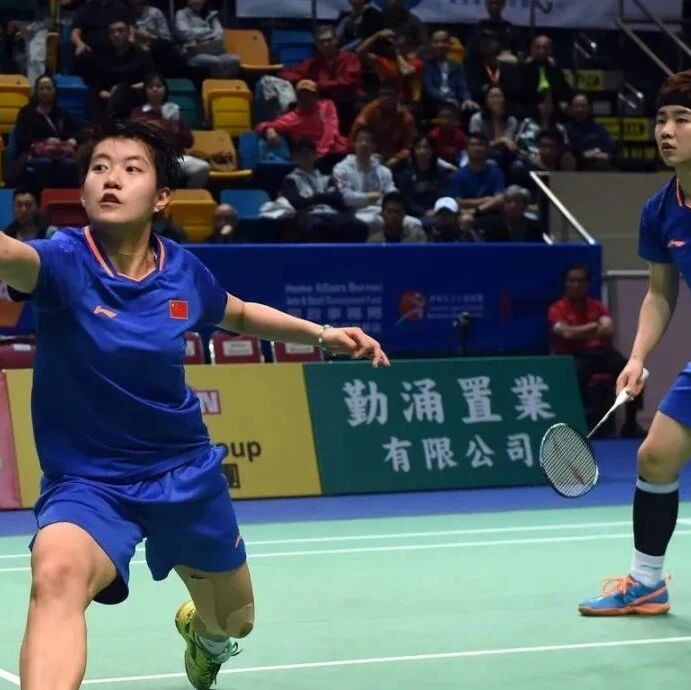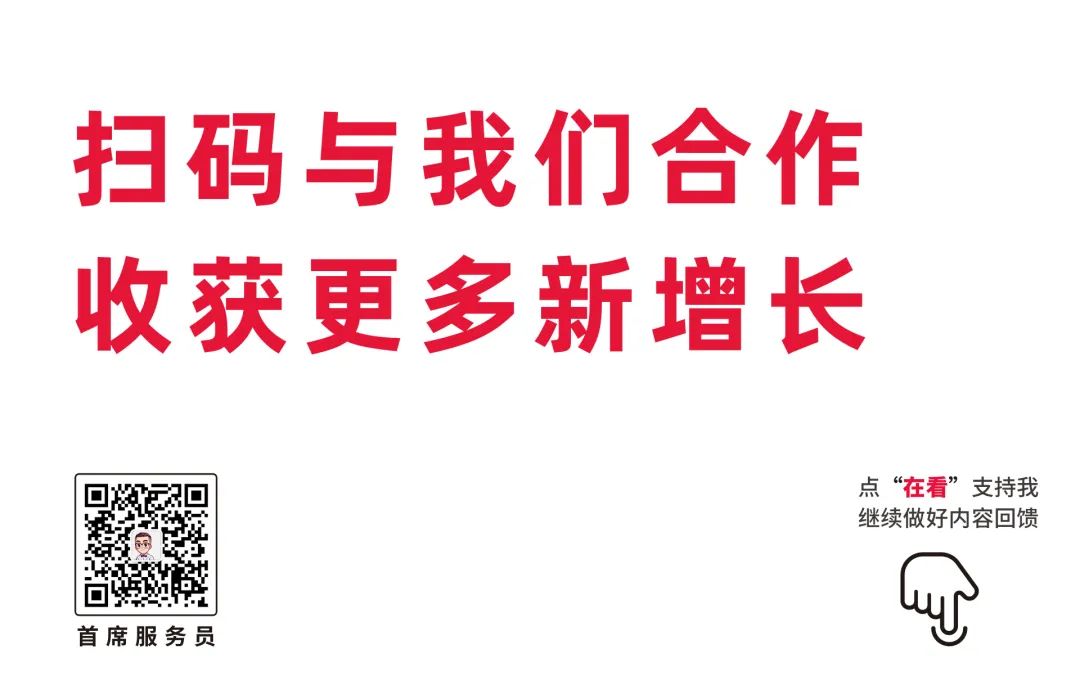How can you make your badminton smashes more powerful and aggressive?
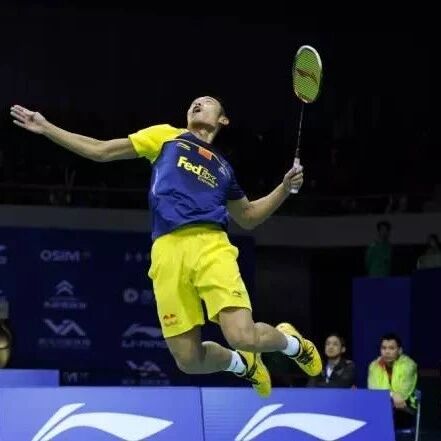

1. Before preparing for the smash, first turn sideways with your left foot forward, keeping both toes firmly on the ground. Then, quickly retreat backward using quick stepping motions, positioning the hitting point slightly ahead and above your right shoulder. If the hitting point is too far back, you’ll end up hitting only high shots.
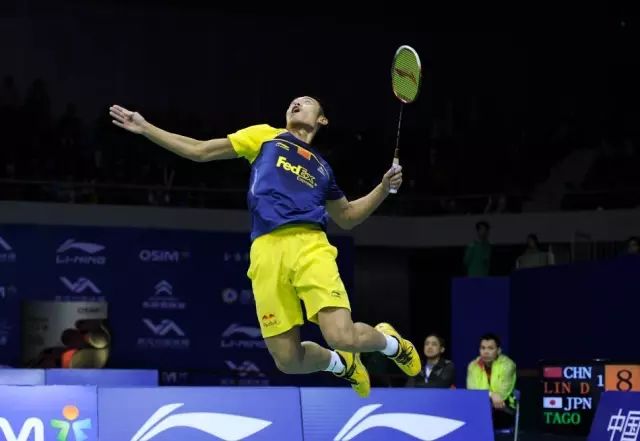
2. Before hitting the shuttlecock, lean your body back until it forms a natural arch—this allows you to engage the full power of your entire body.
3. Before executing a smash, make sure to keep your grip relaxed—there should be a slight gap between your palm and the handle of the racket. This is absolutely crucial, as only by relaxing first can you properly unleash your power during the smash. If you keep gripping too tightly throughout the motion, you’ll inevitably lose control over your wrist strength. Instead, tighten your grip firmly just at the moment of impact to deliver a powerful, forceful smash.
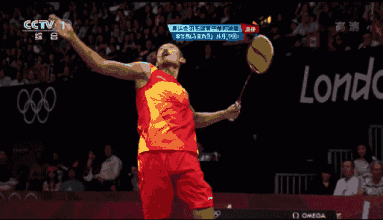
4. The explosive power behind the smash comes from your wrist and fingers—specifically, your index finger. It’s all about that whip-like motion, which is why this technique is emphasized in all backcourt shots in badminton. Unlike tennis, never rely on swinging your entire arm to generate force; doing so will not only result in a lack of speed after the shot but could also lead to injury.
5. Begin your jump just as the shuttlecock starts to descend, keeping both knees slightly bent initially. Use the push-off power from your toes to launch into a smash. Immediately after smashing, pivot quickly: land first with your left foot at the back, then shift your weight onto your right foot as you return to the center of the court.
The smash is typically hit in the forehand area here, or even closer to the net. If it’s too close to the baseline, it becomes much harder to score a point.
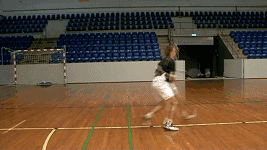
The cross-court smash is an introductory technique for executing smashes, and its movement builds on the foundation of mastering the high-clear shot. The key difference is that while the high-clear involves hitting the shuttlecock forward and upward, the smash is executed by striking it forward and downward.
When initiating the backswing, shift your body's center of gravity from your left foot to your right foot, while lifting your right elbow upward and keeping your right arm close to the racket. As you raise your elbow, let it naturally extend backward in a smooth, fluid motion. Once lifted, position your upper arm near your right ear, with your elbow pointing toward the intended impact point, and keep both eyes focused on the incoming ball. During the actual hit, gently press your wrist forward and downward, striking the ball just slightly ahead and above your right shoulder. As you rotate your body, push off forcefully with your right foot, transferring your weight from your right foot to your left foot. After hitting the ball, allow your body to relax naturally, swinging the racket downward and to your left side—then immediately prepare for your next shot by getting into position again.
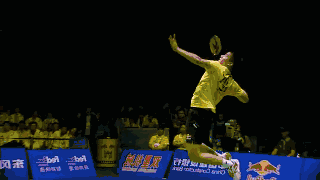
The overhead smash is the primary offensive tool for amateur players in the backcourt on the backhand side, effectively compensating for the inherent weakness of insufficient power in backhand shots. The setup and execution of the overhead smash are essentially identical to those of an overhead high ball technique. The key difference lies in fully engaging the core and abdominal muscles during the swing, using the forearms and upper arms to rapidly snap the wrist downward.
When hitting a straight-line shot overhead, swing the racket toward the opposite side of your body.
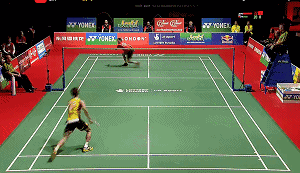
When hitting a cross-court shot, swing the racket over your head toward the same side as your dominant hand.
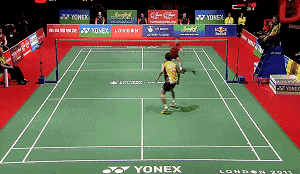
The overhead smash is a crucial offensive technique—when players master it effectively, they’ll no longer be limited to passively returning deep or dropping shots in the overhead area.
To execute a smash as brilliant as Lin Dan's or Taufik's, you need not only absolute technique and explosive power, but also several essential foundational elements:
Because smashes—especially jump smashes like the ones they execute—require channeling every bit of your body’s limited power into the moment of impact, maximizing the ball’s speed to its peak. As a female player, I rarely use jump smashes, but no matter what type of smash I perform, I always start by arching my body backward into a bow shape before unleashing the full force from my core, through my chest, and finally transferring that energy into the shuttlecock via my arms. With the chest serving as the central hub for this transfer of power, strengthening the chest muscles becomes absolutely critical—making it the most essential foundation for any male player looking to master this technique.
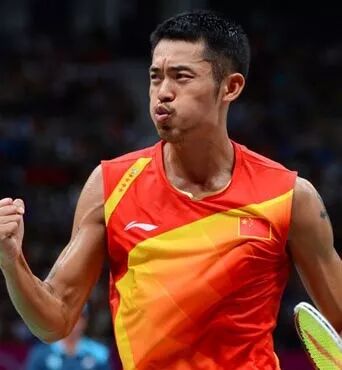
Once you’ve established the physical prerequisites, mastering the drop shot—whether from a forward or overhead position—and ensuring its precise placement becomes absolutely essential in your daily practice.
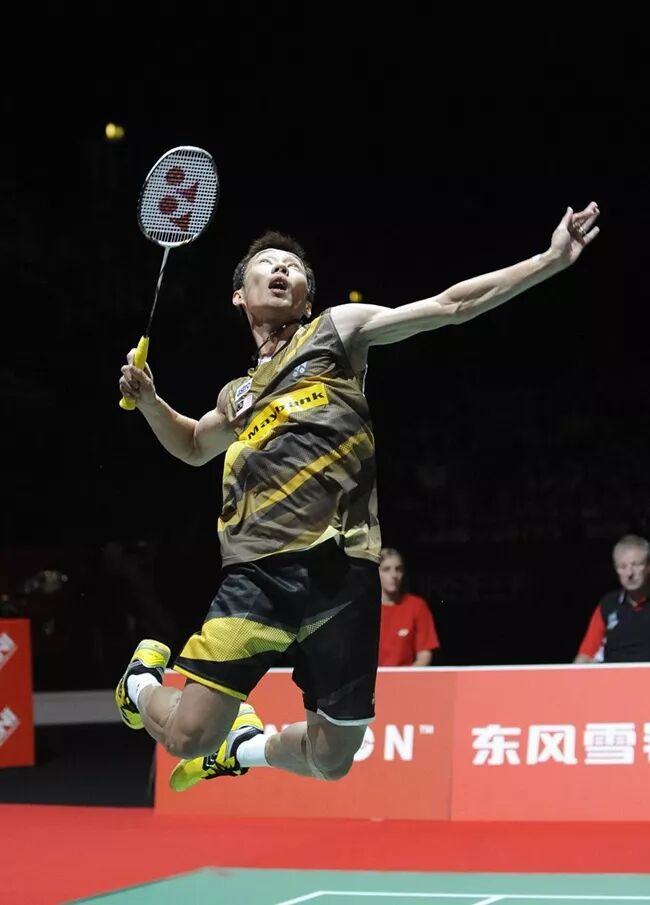
Because their jump smashes require them to first move backward before jumping and smashing, and then quickly netting up again—such a relentless, back-and-forth offensive strategy simply can’t be sustained without ample physical stamina. Even performing a stationary jump smash is incredibly physically demanding, which is why maintaining peak fitness is essential.
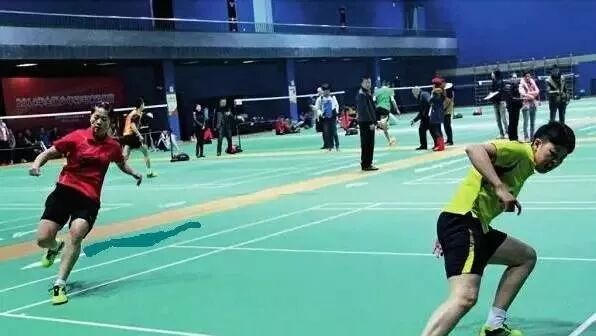
Because jumping higher allows you to hit the ball at a higher point, giving it more power and making it more dangerous.
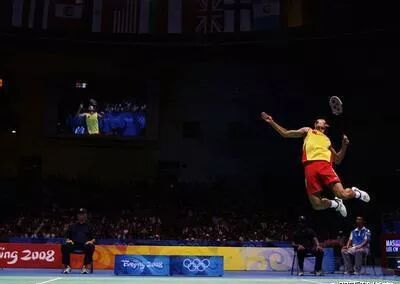
Given the above, what you should focus on in your daily practice is strengthening your specific badminton fitness: frog jumps, high-knee runs, and lateral and forward-backward hops, among other exercises. Additionally, once you’ve mastered the basic smashes, you can then work toward developing full-scale, explosive jump smashes like they do.

Related Articles
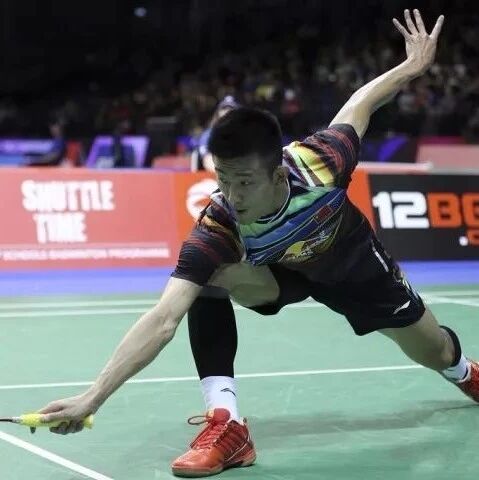
It's cold—want to practice badminton at home? Here's how you can make it even more effective!
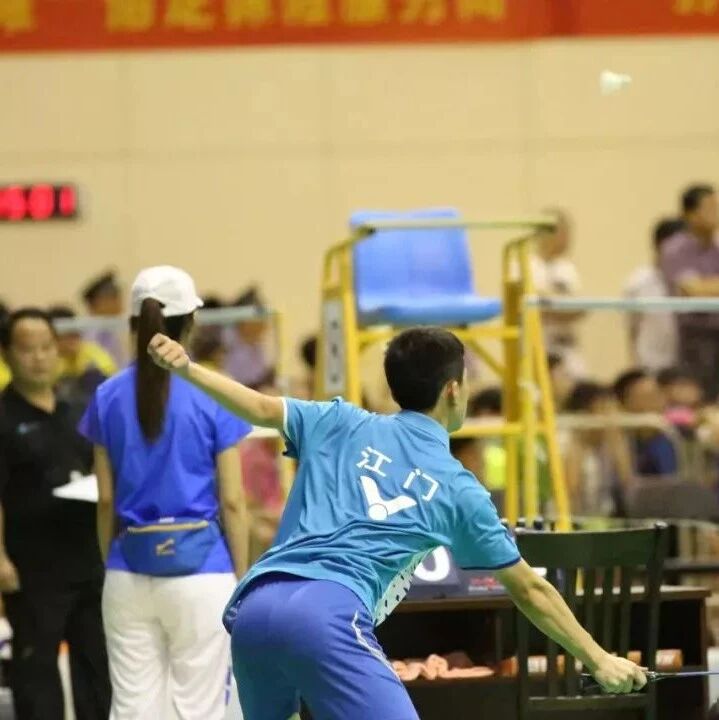
What’s the difference between playing badminton for three days and playing it for three years?
